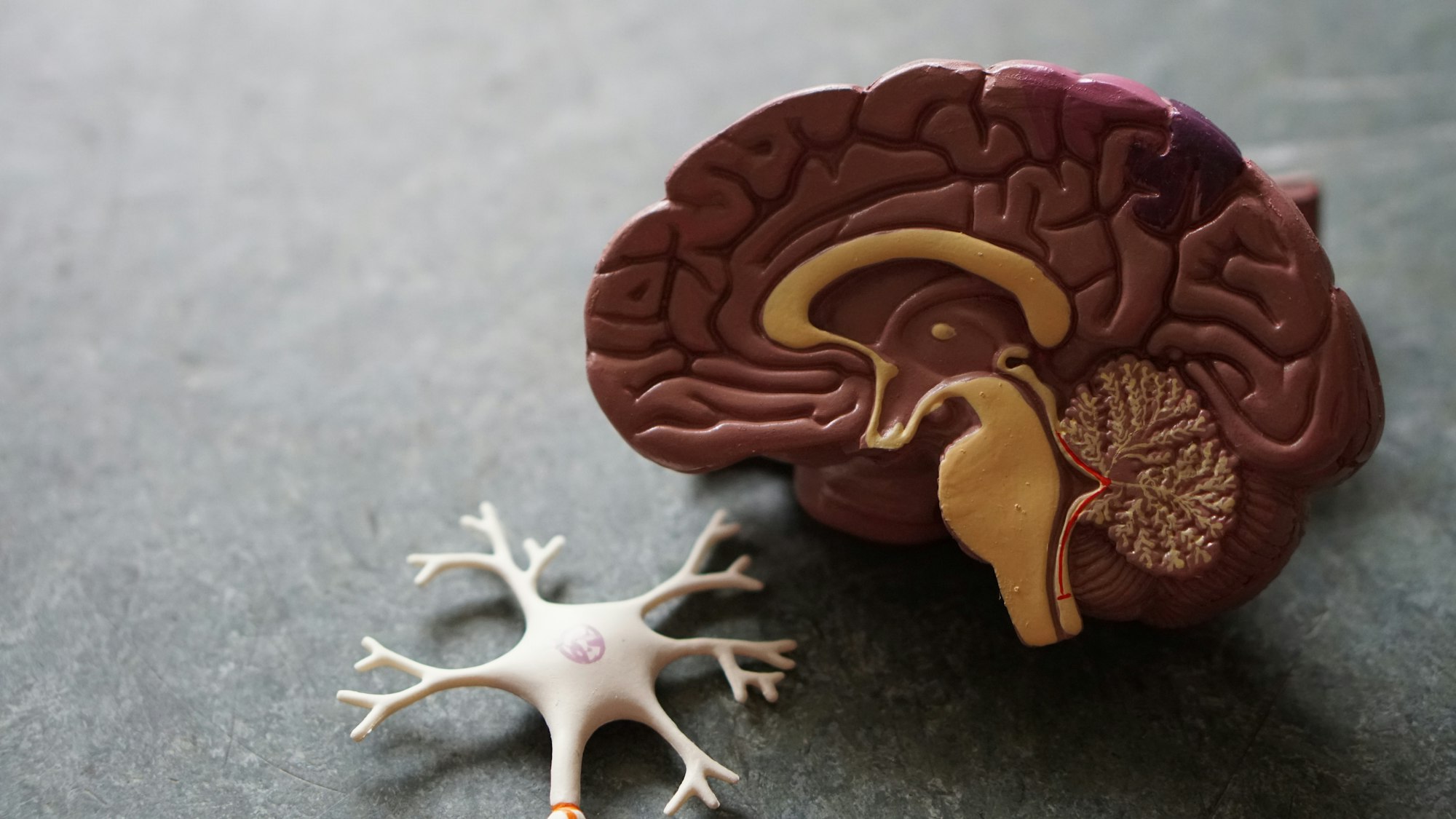Neuromorphic computing is a type of computing where computer systems are designed to mimic the structure and function of the human brain. This type of computing is still in its infancy but has the potential to revolutionize the way we think about and use computers.
The human brain is an incredibly complex machine. It is able to take in vast amounts of information and make sense of it all in a split second. This is something that even the most powerful computers today cannot do. Neuromorphic computing is an attempt to build computers that are more like the human brain in terms of their structure and function.
One of the key features of the human brain is its ability to learn. When we experience something new, our brain creates new connections between neurons. This allows us to remember and recall information more effectively. Neuromorphic computing aims to replicate this process in computers.
The term "neuromorphic computing" was first coined by Carver Mead in the 1980s. At the time, Mead was working on developing new computer architectures that were inspired by the structure of the brain. These architectures are designed to simulate the way that the brain processes information.
One of the key features of the brain that Mead wanted to replicate in computers was its ability to learn. When we experience something new, our brain creates new connections between neurons. This allows us to remember and recall information more effectively. Neuromorphic computing architectures are designed to replicate this process in computers.
One way that neuromorphic computing is being used today is in the development of artificial intelligence (AI). AI systems that are based on neuromorphic computing principles are able to learn and adapt more like the human brain. This makes them more effective at tasks that require learning and adaptation, such as pattern recognition.
One of the biggest challenges in neuromorphic computing is understanding how the brain works. The brain is an incredibly complex machine, and scientists are still learning a lot about how it works. This makes it difficult to design computer systems that replicate their structure and function.
Another challenge is designing computer hardware that can simulate the brain. The brain is a highly parallel system, which means that it can process a lot of information at the same time. This is something that current computers are not very good at.
Neuromorphic computing has the potential to change the way we use computers. In the future, neuromorphic computers could be used for a wide range of tasks, from helping us to drive our cars to diagnose diseases. This technology is still in its early stages, but it has the potential to revolutionize the way we think about and use computers.
Do you want to work with us on any of these problems?
We work on similar exciting problems, sometimes for fun and sometimes with commercial aspects. If you have ideas or want to explore these fields with us, please get in touch with us or reply to this email.









